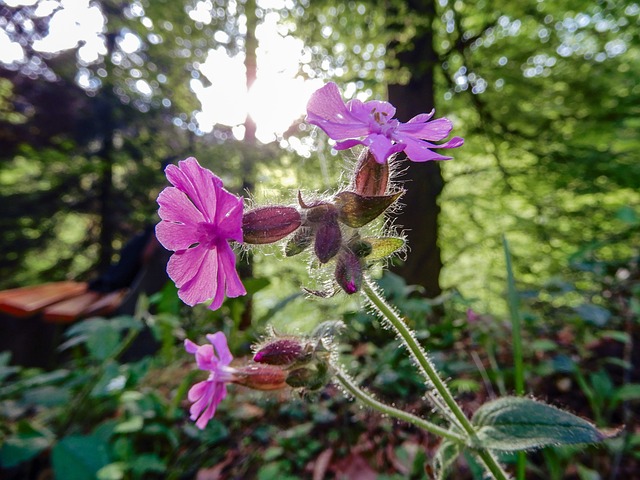bicho geografico foto 👌 Bicho Geográfico: A Fascinating Intersection of Biology and Public Health

Bicho Geográfico: A Fascinating Intersection of Biology and Public Health
In the realm of tropical diseases, few phenomena are as intriguing and complex as the bicho geográfico, or cutaneous larva migrans. This condition, primarily affecting individuals in warm, moist climates, is not merely a clinical curiosity but a manifestation of intricate ecological interactions and public health challenges. It is imperative to delve into the biology, epidemiology, and preventive measures associated with this affliction, as well as the implications it holds for populations at risk.
Bicho geográfico is caused by the larvae of certain hookworm species, primarily Ancylostoma braziliense and Ancylostoma caninum. These parasites typically inhabit the intestines of dogs and cats, where they complete their life cycle. However, when the larvae come into contact with human skin, they can penetrate it, leading to a unique and often distressing dermatological condition. The larvae migrate under the skin, creating serpentine, itchy tracks that can last for weeks or even months, prompting individuals to seek medical intervention.bicho geografico foto
Epidemiologically, the incidence of bicho geográfico is closely linked to environmental and socioeconomic factors. Regions with high temperatures and humidity provide an ideal habitat for the larvae, especially in areas where improper disposal of animal waste is common. Consequently, populations living in close proximity to stray or domestic animals are at a higher risk. Additionally, individuals who frequent beaches, parks, or sandy areas are particularly susceptible as these environments can harbor the infective larvae.
Public health efforts aimed at controlling the spread of bicho geográfico must consider both the biological aspects of the disease and the social determinants that contribute to its prevalence. Education plays a critical role in prevention, as many individuals may be unaware of the risks associated with walking barefoot in contaminated areas. By promoting awareness and providing information on how to avoid exposure—such as wearing shoes in sandy environments and ensuring proper sanitation of pet waste—communities can significantly reduce the incidence of this parasitic infection.
Moreover, the role of veterinary public health cannot be overstated. Effective management of stray animal populations and promoting responsible pet ownership are crucial steps in controlling the transmission of these parasites. Vaccination and regular deworming of pets can further contribute to reducing the prevalence of hookworms in the environment. Collaborative efforts between public health officials, veterinarians, and community organizations are essential to implement comprehensive strategies that address both the human and animal health aspects of this issue.bicho geografico foto

Despite its relatively benign nature, the psychological impact of bicho geográfico should not be overlooked. The visible skin lesions and associated itching can lead to significant discomfort and anxiety. In some cases, secondary infections may occur due to scratching, necessitating medical treatment. Furthermore, the stigma associated with parasitic infections can lead to social isolation, underscoring the need for a compassionate approach in public health messaging.
Recent advances in our understanding of the biology of hookworms have opened new avenues for research and potential therapeutic interventions. Studies investigating the genetic makeup of these parasites may pave the way for innovative treatment options or vaccines that could prevent infection altogether. Additionally, ongoing research into the ecological factors that influence the transmission dynamics of bicho geográfico is vital for developing targeted prevention strategies.bicho geografico foto
In conclusion, bicho geográfico stands as a compelling example of the interplay between human behavior, environmental conditions, and public health. By fostering a deeper understanding of this condition and its underlying causes, we can empower communities to take proactive measures against it. As we advance in our scientific endeavors, it is crucial to remember that the fight against parasitic infections requires a multidisciplinary approach, integrating biology, epidemiology, and social science to effectively address the challenges posed by bicho geográfico and similar diseases in our interconnected world. Through education, community engagement, and collaborative action, we can strive towards a future where such afflictions become a thing of the past.bicho geografico foto

Fale conosco. Envie dúvidas, críticas ou sugestões para a nossa equipe através dos contatos abaixo:
Telefone: 0086-10-8805-0795
Email: portuguese@9099.com


